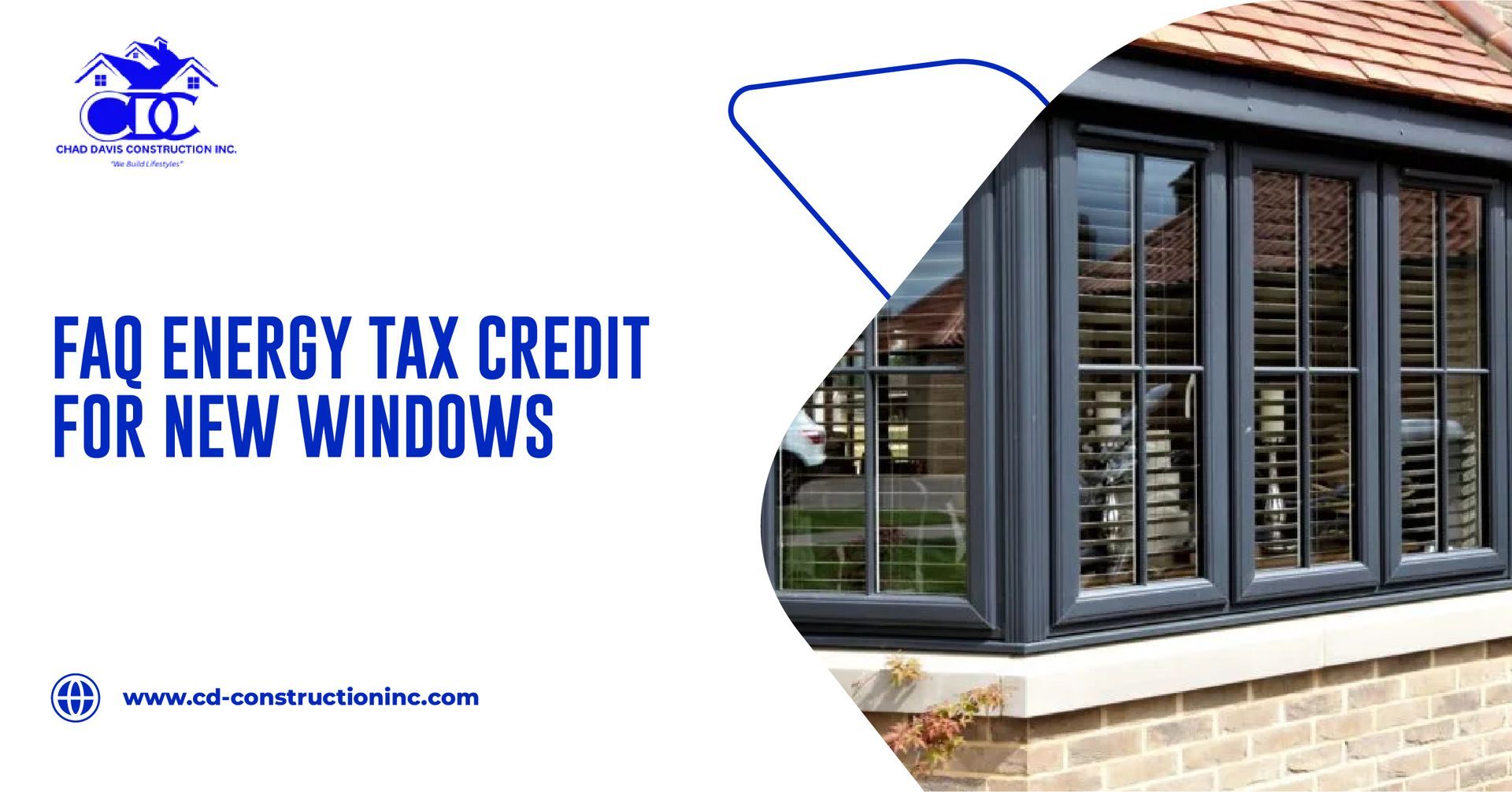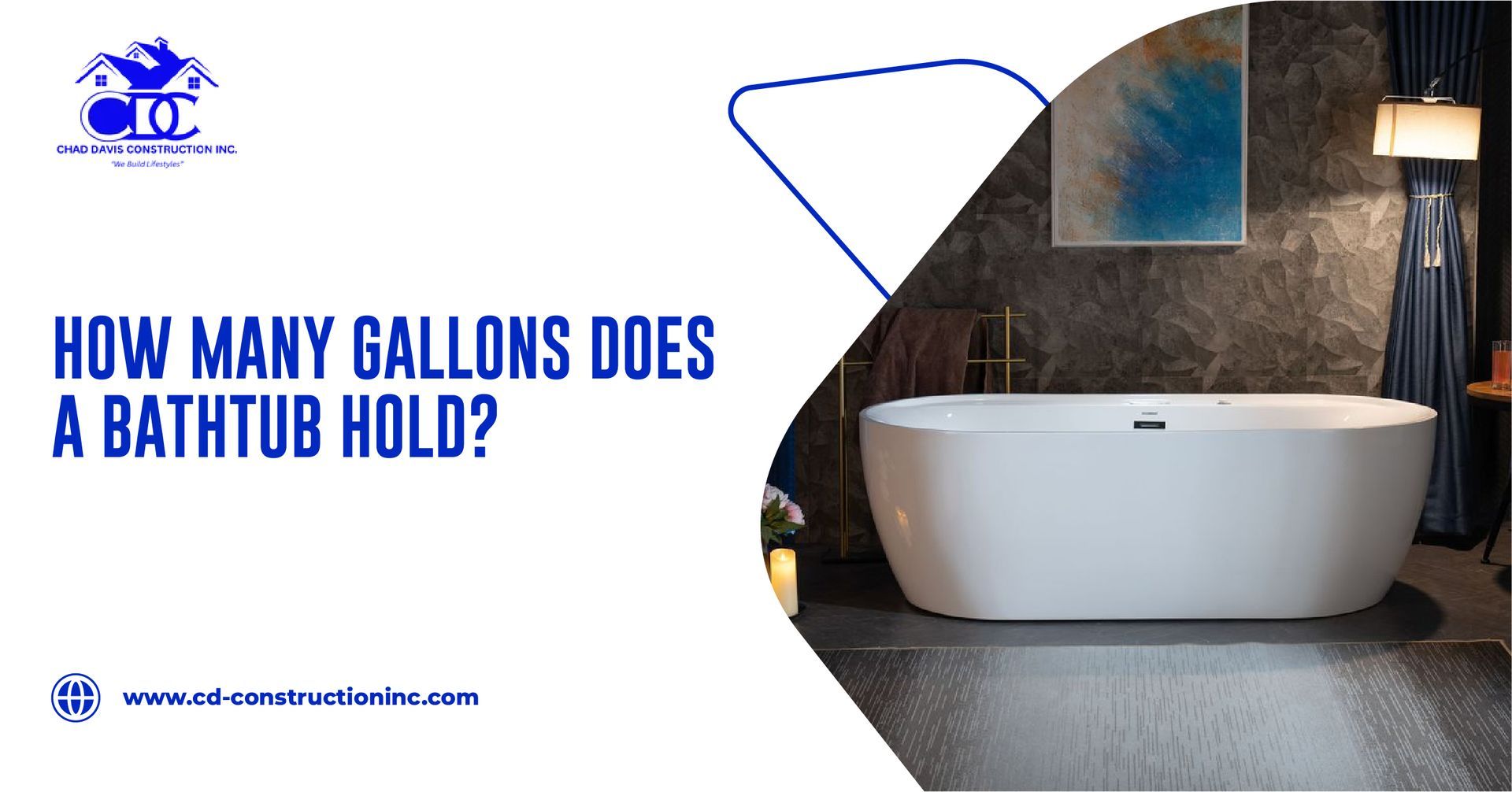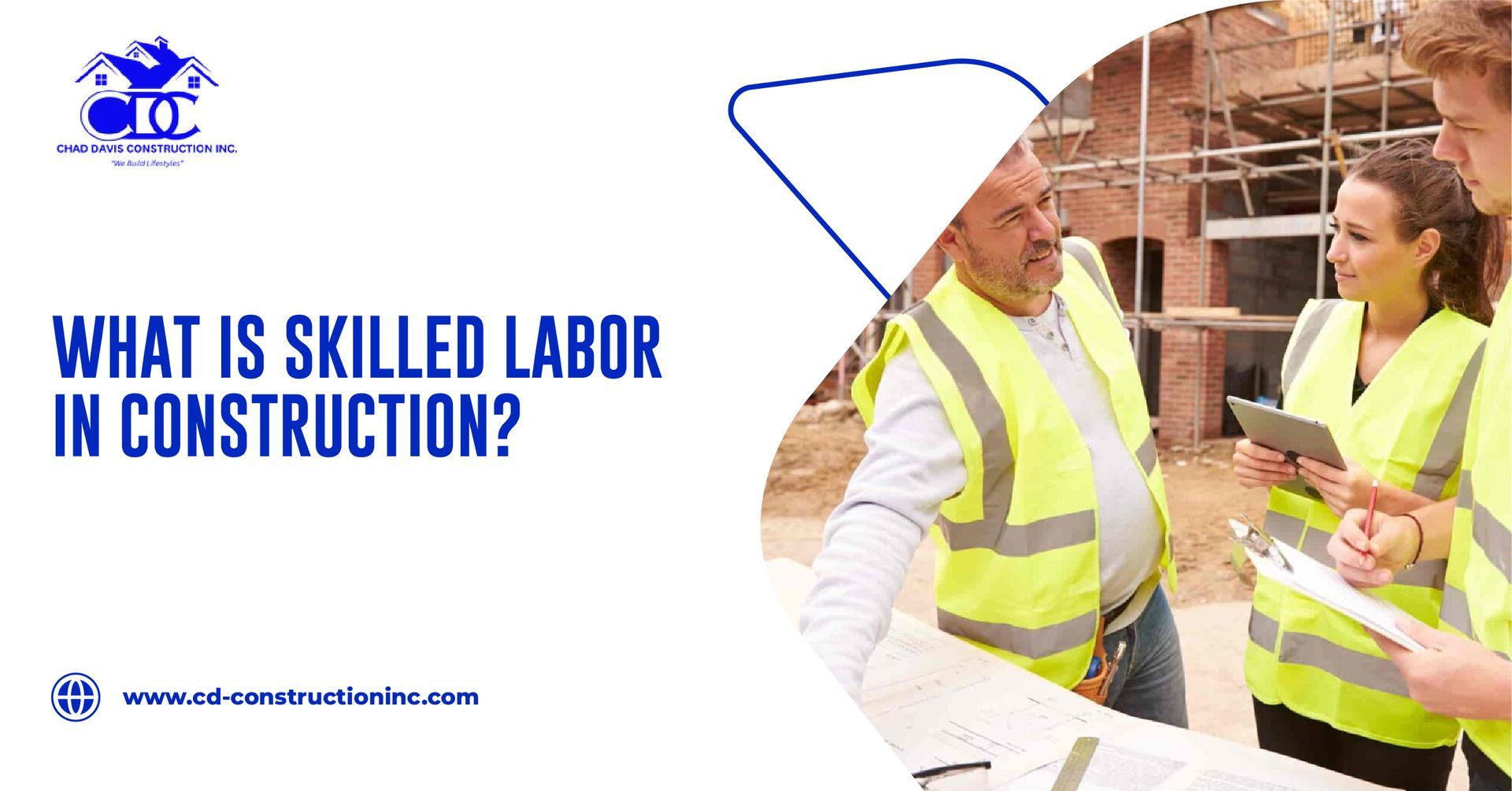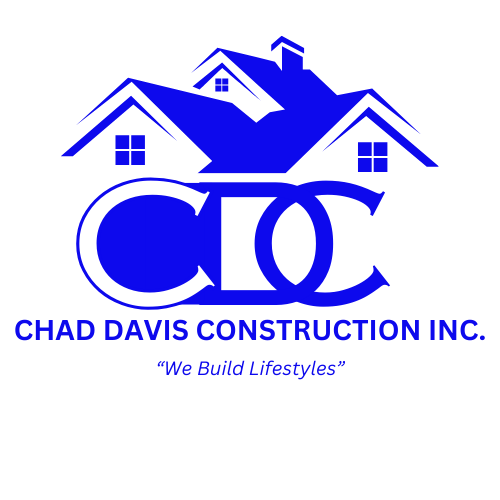Roof Extensions: How They Add Value and Space to Your Home
When it comes to home improvement, roof extensions are an excellent way to add both space and value to your property. Whether you're looking to create a larger living area, a new bedroom, or additional storage space, a roof extension allows you to maximize the space you already have. In this guide, we'll walk you through the benefits of roof extensions, the types available, and why hiring roof extension specialists is essential for a successful project.
What Is a Roof Extension?
A roof extension involves modifying or expanding your existing roof structure to create additional space in your home. It can be done in various ways, including increasing the height of your roof or adding new levels to the existing structure. This type of home improvement project can significantly improve the functionality of your space without the need to relocate.
Roof extensions are often used for loft conversions, dormers, and even complete roof replacements, depending on the desired outcome and available space.
Types of Roof Extensions
There are several ways to extend your roof, each with its unique benefits and considerations. Here are some of the most common types of roof extensions:
1. Dormer Extensions
A dormer extension is a structure that extends vertically from the roofline to add more usable space to the top floor of your home. This type of extension typically includes a window in the new roof section, adding natural light and headroom to an attic or loft space.
- Benefits: Increases space without altering the overall look of the roof, allows for more natural light, and is often less expensive than full roof replacements.
2. Hip-to-Gable Extensions
In this type of roof extension, the existing hipped roof is changed to a gable roof. This increases the usable space within the attic or top floor, making it more suitable for conversion into a bedroom, office, or other living spaces.
- Benefits: Provides more space and headroom, particularly useful in homes with limited upper-floor space.
3. Mansard Roof Extensions
A Mansard roof is a four-sided, sloped design that creates additional headspace and allows for a larger upper floor. This type of roof allows for more space to be added to the top floor, making it ideal for creating new rooms or living areas.
- Benefits: Adds a significant amount of living space and enhances the overall aesthetic appeal of the property.
4. Flat Roof Extensions
For a modern and minimalist look, flat roof extensions provide an attractive option. These extensions are particularly useful for creating additional space without dramatically altering the exterior appearance of the building.
- Benefits: Simple to install, provides a contemporary look, and is ideal for homes with limited headroom or steep rooflines.
Benefits of Roof Extensions for Homes
1. Increased Living Space
Roof extensions are an excellent way to add living space without needing to move or purchase a new property. They are ideal for expanding your current home, whether you need an extra bedroom, a home office, or more storage space. This is particularly valuable for growing families or those who want to make better use of their existing property.
2. Cost-Effective Alternative to Moving
Moving to a larger home can be a costly and stressful process. A roof extension allows you to stay in the home you love while gaining additional space. By opting for a roof extension, you avoid the high costs associated with moving, such as stamp duty, real estate fees, and relocation expenses.
3. Boost Your Home’s Value
A roof extension can significantly increase the value of your home. More space is always appealing to prospective buyers, and a well-executed roof extension can make your home stand out in the real estate market. According to various real estate experts, properties with extra living space and a modern design can often fetch a higher price, especially in competitive markets.
4. Improved Energy Efficiency
Roof extensions can improve your home’s energy efficiency by allowing for better insulation in the new space. This can reduce heating and cooling costs and make your home more comfortable year-round. Additionally, modern roof extension designs often feature materials and techniques that improve overall energy performance.
Ready to add more space with a roof extension?
Explore our Roof Extension Services to see how we can help enhance your home’s design and functionality.
The Roof Extension Process
1. Consultation and Design
The process begins with a detailed consultation. During this phase, you’ll meet with a professional roof extension specialist who will assess your property, discuss your needs, and explore the best design options for your space. The specialist will also review zoning regulations, building codes, and any potential limitations.
2. Planning Permission
In most cases, you’ll need planning permission for a roof extension. This step involves submitting your design plans to local authorities for approval. Your project manager or roofing contractor will handle this process for you, ensuring that your plans meet local building codes and requirements.
3. Construction
Once planning permission is secured, construction begins. This phase typically involves the demolition of existing structures, if necessary, followed by the installation of new roofing, framing, windows, and finishing elements. Depending on the complexity of the project, construction can take anywhere from a few weeks to several months.
4. Finishing Touches
Once the roof extension structure is complete, the finishing touches are added, including flooring, paint, lighting, and other aesthetic details. This is the stage where your new living space starts to take shape and is prepared for you to enjoy.
How to Choose the Right Roof Extension Specialists
Choosing the right roof extension specialists is crucial for the success of your project. Here are some tips to help you find the best professionals for the job:
1. Look for Experience and Expertise
Ensure that the specialists you choose have experience in roof extensions. A company with a strong portfolio of successful projects will have the knowledge and skills to handle your project with precision and care.
2. Verify Proper Licensing and Insurance
Always choose licensed and insured contractors to ensure that your project is completed to the highest standards and complies with local regulations. This protects both you and the contractors.
3. Check Reviews and Testimonials
Look for reviews and testimonials from previous clients to gauge the quality of work. A reputable company will have positive feedback and demonstrate a track record of satisfied customers.
Roof Extension Costs: What to Expect
The cost of a roof extension varies depending on factors such as the size of the project, materials, design complexity, and location. On average, the cost of a roof extension can range from $15,000 to $40,000, with more complex or larger projects reaching higher figures.
It’s important to get several quotes from different contractors and carefully review what’s included in the price. Be sure to discuss any additional costs, such as permits, materials, or unforeseen structural changes, so you have a clear understanding of the overall project budget.
Types of Roofing for Your Extension
Choosing the right type of roofing for your extension can be just as important as the extension itself. Here are the most common types of roofs used in residential roof extensions:
1. Flat Roofs
Flat roofs provide a modern, minimalist look and are easy to install. They're ideal for creating additional space without altering the existing structure too much.
2. Pitched Roofs
Pitched roofs are traditional and provide excellent drainage and water runoff. They are suitable for homes where you want to add usable space in the attic or upper floor.
3. Gable Roofs
A gable roof provides a more traditional look with two sloped sides that meet at the peak. It’s a great option for enhancing your home’s exterior.
4. Mansard Roofs
Mansard roofs offer a large amount of space in the upper level, making them perfect for adding more rooms or creating a larger living area.
5. Hip Roofs
A hip roof has slopes on all four sides, providing increased stability and making it perfect for homes in areas prone to strong winds.
Why Choose CD Construction for Your Roof Extension?
At CD Construction, we specialize in high-quality roof extensions that meet your needs and exceed your expectations. With years of experience in the industry, our team of professionals is committed to delivering top-notch service, from design to completion. Whether you're looking to add a dormer, hip-to-gable extension, or flat roof, we ensure the project is completed on time, within budget, and to the highest standards.
Get Started on Your Roof Extension Today!
If you're ready to add more space, improve your home’s aesthetic, and boost its value, CD Construction is here to help. Our team of roof extension specialists will guide you through the entire process—from the initial consultation to the final inspection.
Contact CD Construction for a Consultation and start your journey toward a more functional and beautiful home with a custom roof extension.
Final Thoughts
A roof extension is a great way to enhance your home, providing you with additional living space while improving the property’s curb appeal. Whether you’re looking to increase your home’s value, create a new room, or enjoy extra space, a roof extension offers endless possibilities. By working with experienced
roof extension specialists, you can ensure a smooth, efficient, and successful project, from design to completion.




